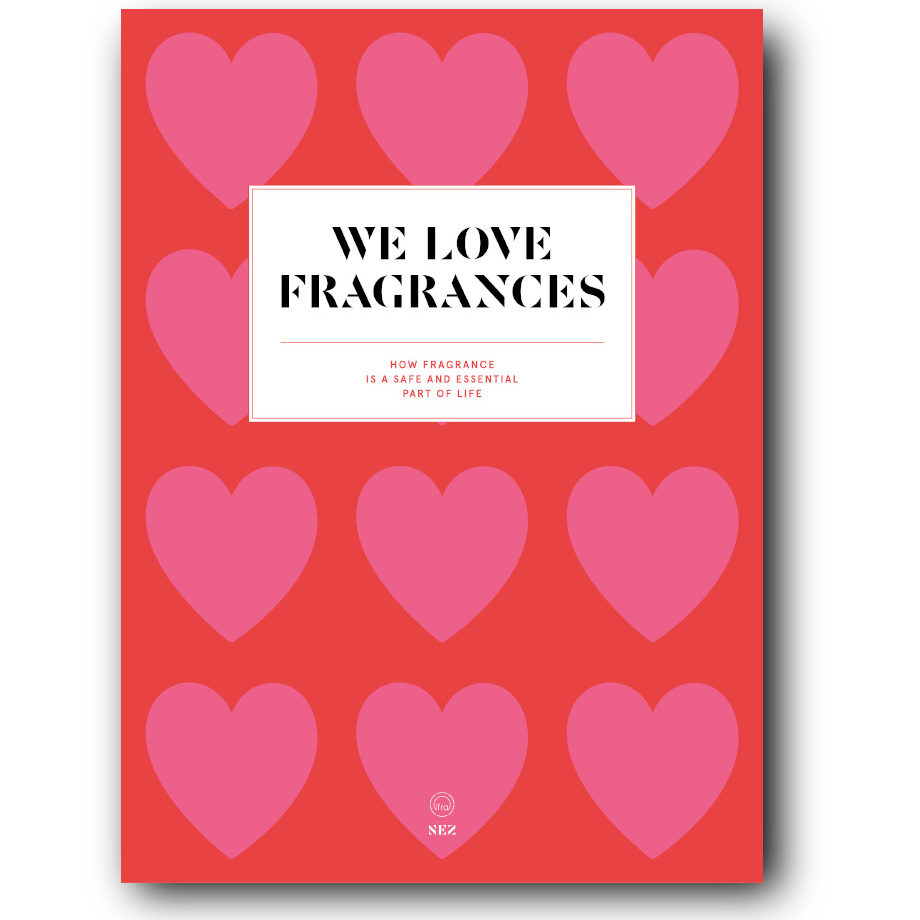Cette publication est également disponible en :
Français
Certain iconic ingredients had to receive use restrictions – by IFRA Standards, government regulations or both – such as oakmoss. What problems do this ingredients poses? How has it been regulated? Matthias Vey, IFRA Vice President of Scientific Affairs, looks at the history of their IFRA Standards.
Oakmoss is a lichen found on the bark of some trees and is cultivated particularly in the Balkans. Its absolute has been one of the key elements in chypre perfumes and fougère accords, to which it gives warmth and depth. It is now, however, severely restricted by regulations and usually replaced by synthetic raw materials such as Evernyl.
Oakmoss is one of 26 allergens that since 2003 has to be included in the list of ingredients on cosmetic products sold on the market in the European Union. When did it come to be considered problematic?
Oakmoss, which is typically used in the form of its absolute in fragrances, has been one of the fragrance ingredients identified early by the dermatological community as a potential source of skin sensitization reactions if dosed at too high concentrations in finished consumer products. It is a constituent of the so-called fragrance mix 1, a mixture of fragrance ingredients created in the late 1970s based on the work by Walter G. Larsen (W. G. Larsen. Arch. Dermatol. 1977, 113, 623) in 1976 and used to screen patients undergoing a patch test investigation when seeing a dermatologist as a marker for fragrance allergy. The first industry risk-management intervention in the form of an IFRA Standard was issued in 1988.
Other amendments were then published. Why did the IFRA recommendations change?
Oakmoss was identified as a potent skin sensitizer, but as with any skin sensitizer, it is principally possible to determine maximum use levels for induction, which would allow the majority of the population to use products containing oakmoss absolute safely without the risk of getting sensitized. Oakmoss absolute is a complex mixture of various constituents and actually over time it became possible to identify those constituents that would be the major driver for its skin sensitizing properties. With increasing knowledge, the IFRA Standards were continuously adapted to reflect the latest scientific knowledge, setting purity criteria by limiting the presence of dehydroabietic acid (DHA) and more recently of two constituents called atranol and chloroatranol (43rd Amendment, 2008). The latter ones have been restricted in a way that in combination with the stringent maximum use levels established by IFRA, the potential exposure to consumers can be considered a trace level. The most recent IFRA restrictions of the oakmoss extract itself, issued as part of the 49th Amendment in 2019, are applying the Quantitative Risk Assessment approach (Api, A.M.; Basketter, D.; Bridges, J.; et. al., Updating exposure assessment for skin sensitization quantitative risk assessment for fragrance materials. Regul Toxicol Pharmacol 2020;118:104805), representing a further refinement of our risk assessment and management of materials with skin sensitizing properties.
Did government authorities recognize these restrictions?
At the regulatory level, oakmoss is one of the materials that need to be declared as a fragrance allergen on the packaging of cosmetic products in Europe (the so-called 26 allergens) to inform the sensitized consumer about its presence to allow them to avoid such products. In 2012, the EU’s scientific advisory body issued an opinion suggesting a complete prohibition of atranol and chloroatranol, being concerned about the high elicitation rates of oakmoss. IFRA presented research to demonstrate that the allergenic potential of oakmoss is mostly due to atranol and chloroatranol, and to show that oakmoss treated to reduce those two molecules down to trace levels significantly reduces the chance of skin reactions. Further research took place in close co-operation with dermatologists demonstrating that the new qualities also showed far fewer issues for already sensitized people. This scientific evidence helped the EU regulators to work toward a regulation which would still allow oakmoss extracts compliant with the industry practice to be used. In 2017, the EU officially adopted a regulation prohibiting atranol and chloroatranol as cosmetic ingredients (beyond trace levels) in the European market. From 2019 on, no new products containing atranol or chloroatranol above trace amounts (i.e., untreated oakmoss) are allowed to be introduced to the EU market. As is often the case, other regions carefully following what is happening in the EU have or are considering introducing the same regulatory measures.
This text has been first publish in the book We Love Fragrances

We Love Fragrances, Nez, 160 pages, 2023
The world of fragrance, in all its infinite variety, is an essential part of our lives. Its many perspectives – cultural, economic, social and emotional, as well as agricultural, industrial and technological – are explored in this book, showing just how much fragrance is an element that links us together. To perpetuate this field, the International Fragrance Association (IFRA) plays a role in the safety and sustainability of fragranced products.
We Love Fragrances brings together numerous testimonials and gives voice to all players in the value chain, from growers, suppliers of natural and synthetic raw materials, creators and producers to researchers, engineers and chemists… A book to discover and rediscover fragrance in all its different facets and understand its present and future challenges.
—








Comments